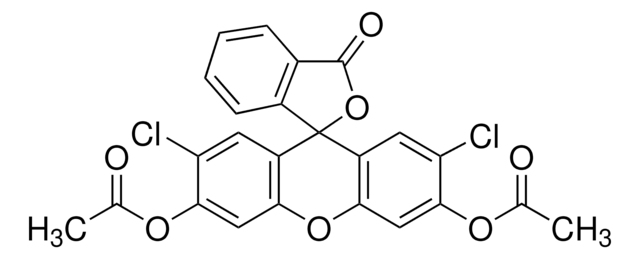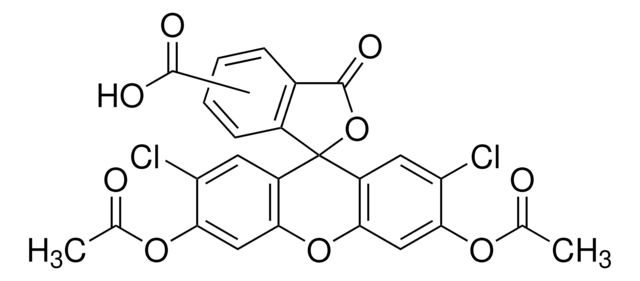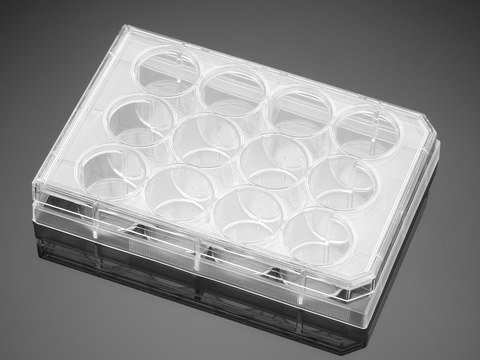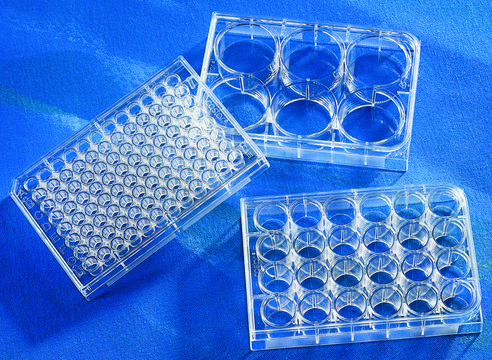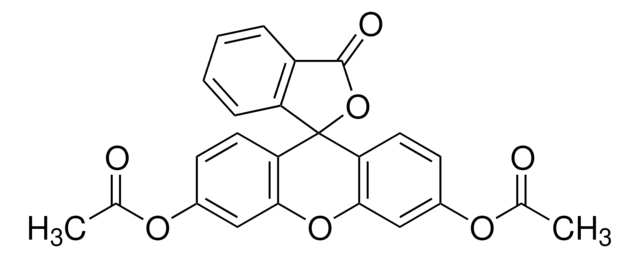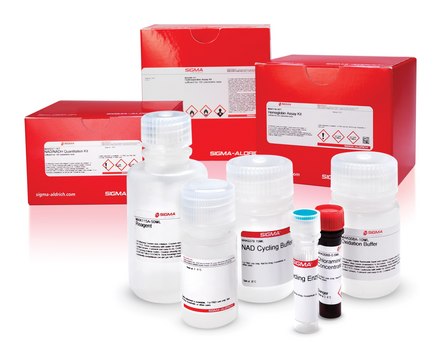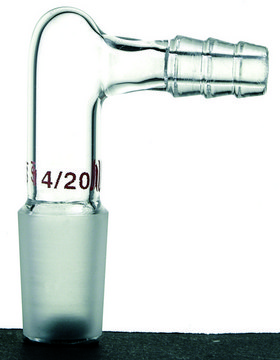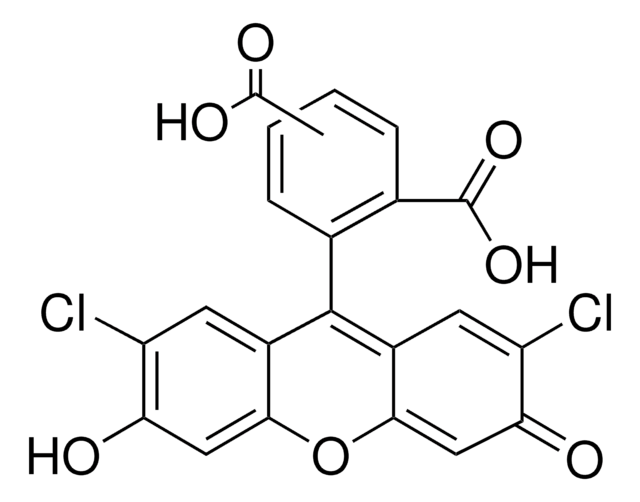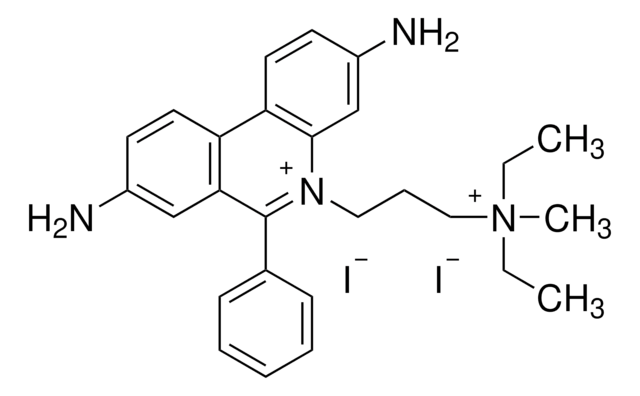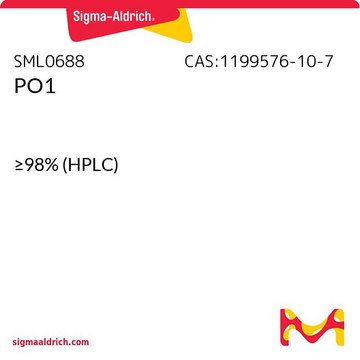A1418
Anti-Mouse IgG (Fc specific)–Alkaline Phosphatase antibody produced in goat
affinity isolated antibody, buffered aqueous solution
Synonym(s):
Goat Anti-Mouse IgG (Fc specific)–AP
About This Item
Recommended Products
biological source
goat
Quality Level
recombinant
expressed in goat
conjugate
alkaline phosphatase conjugate
antibody form
affinity isolated antibody
antibody product type
secondary antibodies
clone
polyclonal
form
buffered aqueous solution
species reactivity
mouse
should not react with
human
Looking for similar products? Visit Product Comparison Guide
Related Categories
1 of 4
This Item | SYNA291420 | SYNA291922 | SYNA292942 |
|---|---|---|---|
| joint joint: ST/NS24/40 | joint joint: ST/NS14/20 | joint joint: ST/NS19/22 | joint joint: ST/NS29/42 |
| manufacturer/tradename Synthware A292440 | manufacturer/tradename Synthware A291420 | manufacturer/tradename Synthware A291922 | manufacturer/tradename Synthware A292942 |
| packaging pkg of 1 ea | packaging pkg of 1 ea | packaging pkg of 1 ea | packaging pkg of 1 ea |
General description
Immunogen
Application
Other Notes
Physical form
Preparation Note
Disclaimer
Not finding the right product?
Try our Product Selector Tool.
Storage Class Code
10 - Combustible liquids
WGK
WGK 2
Flash Point(F)
Not applicable
Flash Point(C)
Not applicable
Choose from one of the most recent versions:
Already Own This Product?
Find documentation for the products that you have recently purchased in the Document Library.
Customers Also Viewed
Articles
Oxidative stress is mediated, in part, by reactive oxygen species produced by multiple cellular processes and controlled by cellular antioxidant mechanisms such as enzymatic scavengers or antioxidant modulators. Free radicals, such as reactive oxygen species, cause cellular damage via cellular.
Cellular oxidative stress is countered by enzymatic scavengers and antioxidant modulators against reactive oxygen species damage.
DISCOVER Bioactive Small Molecules for Nitric Oxide & Cell Stress Research
Related Content
DISCOVER Bioactive Small Molecules for Nitric Oxide & Cell Stress Research
Our team of scientists has experience in all areas of research including Life Science, Material Science, Chemical Synthesis, Chromatography, Analytical and many others.
Contact Technical Service
